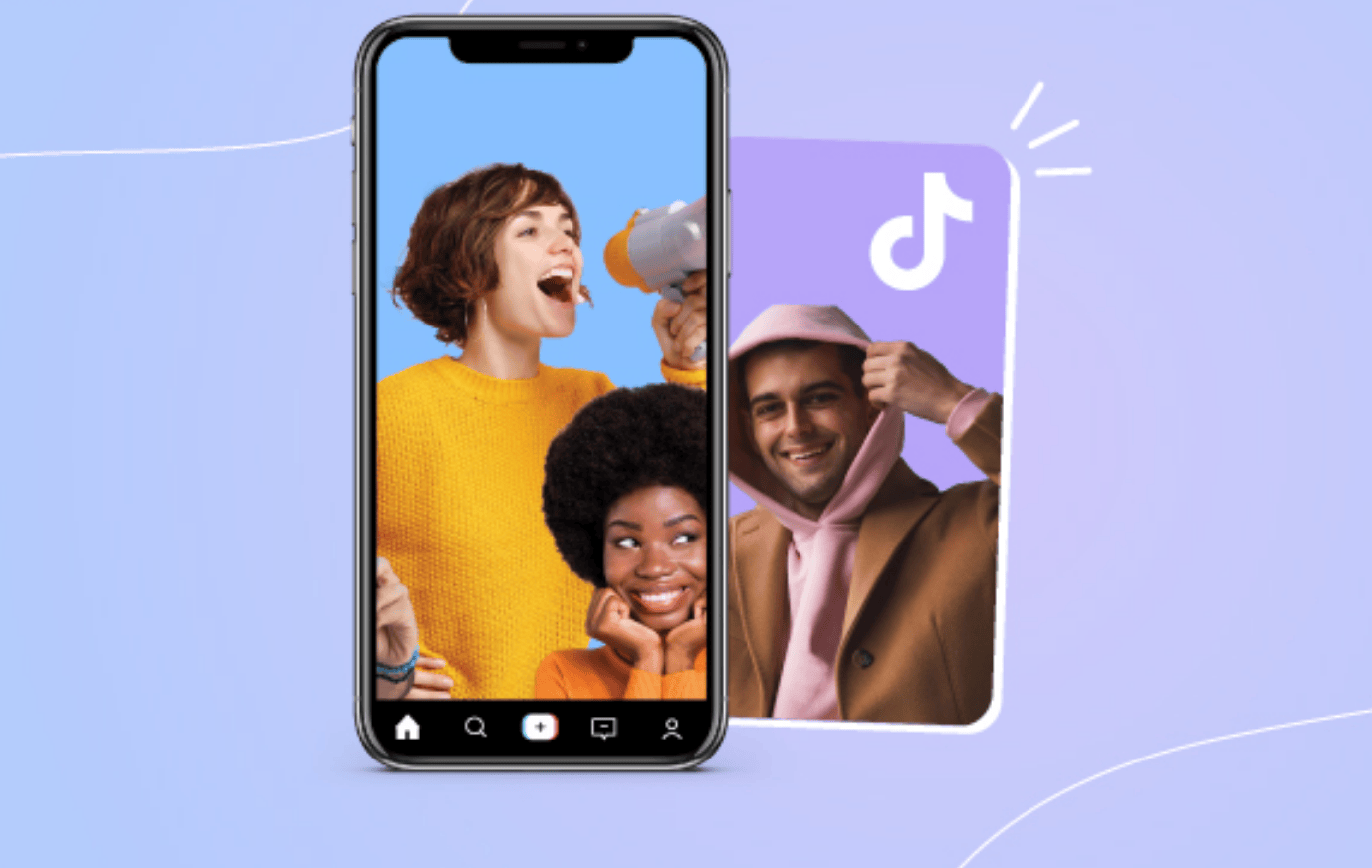Influencer Marketing in 2025: Trends, Budget Shifts and Best Practices
.png)
Influencer marketing has matured rapidly over the past decade. Once viewed as a novelty, it has become a core tactic for brands big and small. Yet the landscape keeps shifting. To stay effective, marketers need to understand how budgets are evolving, why micro‑influencers are in demand, how artificial intelligence is reshaping collaboration and which platforms are gaining traction. Here’s a look at the key trends shaping influencer marketing in 2025 and practical advice for brands and creators alike.
Budget allocation and partnerships
Marketers are becoming more strategic with their spending. Gone are the days of throwing money at a few mega‑influencers and hoping for virality. Budgets are shifting toward targeted, performance‑driven partnerships. Many brands now allocate funds across dozens or even hundreds of micro‑influencers instead of a single celebrity endorsement. This diversification reduces risk and boosts return on investment. Studies indicate that micro‑influencers—those with roughly 10,000 to 100,000 followers—deliver higher engagement rates and stronger conversion efficiency than larger creators. They also cost less per post, allowing brands to stretch budgets further.
Long‑term collaborations are another trend. Rather than one‑off posts, brands are signing ongoing deals with creators whose values align with their own. This fosters authenticity and deepens audience trust. A sustained partnership allows the influencer to tell a story over time—introducing the product, showing it in everyday use and celebrating milestones with followers. Such continuity yields greater impact than sporadic sponsored content.
The rise of micro‑influencers and nano‑creators
Smaller creators are dominating the conversation. Surveys show that a majority of marketers plan to work with micro‑influencers in 2025, and many report better ROI compared with macro partnerships. Micro creators have close relationships with their communities; their recommendations feel like advice from a friend rather than an advertisement. Engagement rates can reach three to eight percent, far exceeding the one‑percent average of macro‑influencers. Because their audiences are more specialised, brands can target niche segments with precision. For example, a vegan skincare company partnering with a micro‑influencer who focuses on cruelty‑free beauty can expect higher relevance and conversion than working with a general lifestyle influencer.
Nano‑influencers—those with under 10,000 followers—are also gaining momentum. They often promote brands in exchange for free products or modest fees, which keeps costs low. Although their reach is small, their recommendations carry outsized influence within tight‑knit circles. For local businesses or niche products, nano partners can be powerful advocates.
Artificial intelligence and data‑driven targeting
AI is transforming influencer marketing in two ways. First, it streamlines matchmaking. Platforms use machine learning to analyse demographic data, engagement metrics and audience interests to pair brands with the most relevant creators. This precision ensures that campaigns reach people who are likely to care about the product. Second, AI helps with content optimisation. By analysing past performance, algorithms can suggest posting times, formats and creative hooks that maximise engagement. Some tools even automatically generate captions or video scripts based on trending topics.
Data transparency is improving as well. Influencer platforms and social networks offer deeper analytics, including real‑time reach, impressions, clicks and conversions. Marketers can track return on investment more accurately and fine‑tune campaigns accordingly. Unique links, promo codes and integrated e‑commerce features (such as TikTok Shop and Instagram Shopping) make attribution easier and encourage direct purchases.
Platform diversification
Instagram remains a powerhouse, but TikTok and YouTube are growing rapidly. Short‑form video continues to dominate, fuelled by TikTok’s algorithm that can propel micro‑creators to millions of views. Instagram Reels and YouTube Shorts are following suit. Meanwhile, long‑form video on YouTube offers depth and storytelling opportunities. Each platform has its strengths: Instagram boasts a strong user base for lifestyle products, TikTok excels at viral discovery and impulse purchases, and YouTube provides space for detailed reviews and tutorials. Savvy brands adopt a multi‑platform strategy, tailoring content to the context of each network.
Best practices for brands and creators
- Set clear objectives. Determine whether your campaign aims for awareness, engagement, conversions or a mix. Establish success metrics up front to guide strategy and measurement.
- Choose the right partners. Look beyond follower counts. Evaluate engagement rate, audience demographics, content quality and brand alignment. Micro‑ and nano‑influencers often deliver the best results for targeted campaigns.
- Offer creative freedom. Authenticity resonates. Provide guidelines but allow creators to speak in their own voice. Audiences can spot overly scripted content and will tune out.
- Use data to optimise. Track performance using unique links, discount codes and analytics dashboards. Monitor engagement, conversions and customer acquisition cost. Adjust your approach based on what works.
- Invest in relationships. Treat influencer partnerships as collaborations rather than transactions. Communicate regularly, provide feedback and celebrate shared successes. A strong relationship encourages creators to become genuine brand advocates.
Influencer marketing in 2025 is about quality over quantity. Budgets are shifting toward micro‑influencers who deliver authentic engagement and measurable returns. AI and better data help match brands with ideal partners and optimise content. Platform diversification ensures you meet audiences where they spend their time. By setting clear objectives, choosing the right partners, respecting creative freedom and leveraging data, brands and creators can thrive in this dynamic landscape.
As marketing evolves, authenticity and community remain at the core. Influencer campaigns that feel genuine, tell a story and offer value will stand out. Lemyi marketplace allows brands to discover and work with authentic creators around the world! Sign up today as a brand or creator at https://www.lemyi.com
Recent Post

12
Sep
How TikTok UGC Turns Browsers into Buyers in Southeast Asia
Learn how TikTok UGC is powering e-commerce growth in Southeast Asia. Discover why authentic creator content boosts trust and conversions, and how brands can scale campaigns with Lemyi.
.png)
28
Jul
AI vs Human UGC: What’s Best for Brands in 2025?
Explore AI vs human UGC in 2025. Learn why authentic human content outperforms synthetic content, how AI can support creators, and how Lemyi helps brands get the balance right.
